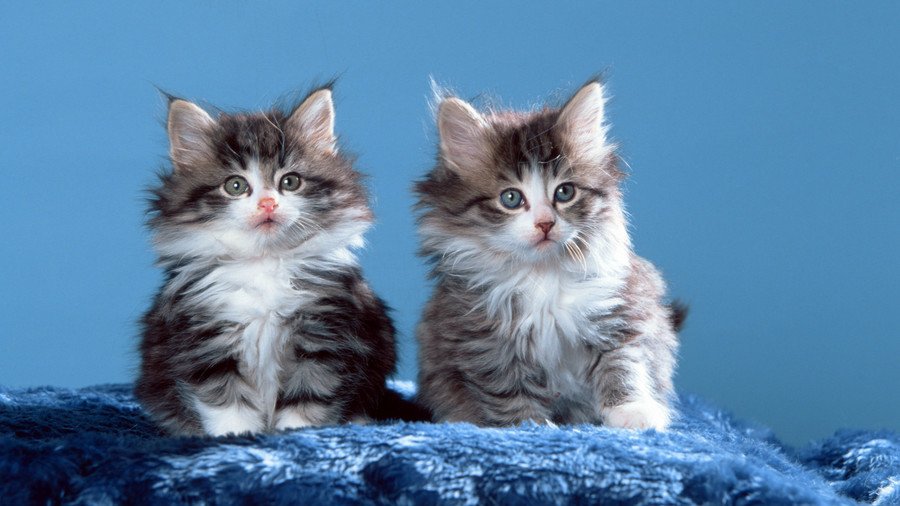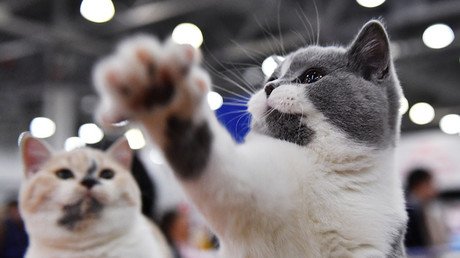Here's what it costs to count all the cats in Washington, DC

Activists want to count every cat, both stray and domestic, in Washington – a task that seems harder than finding a needle in a haystack (while also counting the stalks) and is certainly more expensive, at a cost of $1.5 million.
The Sisyphean-sounding undertaking was announced in Washington, DC this week. It brought together several animal advocacy groups, concerned about the lack of any statistics on the overall size and migration within the DC feline population. The activists hope that the data they gather by June 2021 will not only help researches understand how well-off and low-life felines interact with each other, but also provide "scientifically sound tools and protocols" that could be used in the future to manage the cat population.
This is not a trivial task, as, according to the 2016 survey on the damage done by "invasive predators" to global biodiversity, the purring creatures have been responsible for the extinction of 63 species.
In order to achieve this far-reaching goal, the researches plan to install "state-of-the-art" camera traps in the streets, which will allow them to capture the movements of even the most cautious and elusive felines. Simultaneously, a survey will be carried out to determine how many cats are living as pets and how much time they typically spend their time outdoors. Cats in animal shelters won't be overlooked either, as researches plan to count intake and outflow rates.
For the count of the homeless cats to be more precise, the researches will double-check the data obtained by the camera traps by going out into the field and then comparing the two numbers.
This is about more than just counting cats – it's science, researcher John Boone assured the Washington Post.
"We're investigating — scientifically — the underlying dynamics of this system. We're not just counting the number of cats but trying to understand how they get there," Boone said.
It is expected that comprehensive statistics, a would-be end result of three years of tedious work, will help the researches to better understand and cater to the needs of the meowing population.
"The biggest concern is that we don't know how many cats or what percentage of the population we're helping, or what the true need is out there," Lauren Lipsey, vice president of community programs for the Humane Rescue Alliance, one of the four collaborators of the project, has said.
Three other groups that have committed themselves to the effort are PetSmart Charities, The Humane Society of The United States and the Smithsonian Conservation Biology Institute.
The project is funded through contributions from animal advocacy groups, including those involved in the project. It will take $1.5 million to complete the project.
All the data obtained will be handed over to Tyler Flockhart, conservation biologist and adjunct assistant professor at the University of Maryland Center for Environmental Science, for a thorough analysis.
Subscribe to RT newsletter to get stories the mainstream media won’t tell you.
















